How much cash should you have?
Mar 13, 2024Jacy’s business was doing really well. It was bringing in more revenues than it ever had before and they were actually having to schedule clients several weeks out. Jacy knew she needed to hire another practitioner as soon as possible, but she didn’t know if she could afford it. Even though they were bringing in more money than ever before, it didn’t feel like it. Jacy didn’t have a bunch of extra cash in the bank and she was still paying off credit card debt from her first couple of years in business. She felt like she didn’t have the runway she needed to be able to cover the payroll for another practitioner for the few months it would take to fill up their books.
It is crucial to maintain enough in cash reserves to scale and grow your business. You never want to put yourself in a position where you can’t make payroll. You also don’t want to have to turn clients (aka revenues) away because you don’t have enough capacity to serve them.
So how much cash should you have?
Of course that depends. I like to see clients use at least three bank accounts - an operating account, a tax savings account, and a cash reserves account. Some clients use more for different purposes - think Profit First. I’ve found that three bank accounts is more manageable for clients though.
The operating account is the main bank account you use to support your operations. All cash comes in here and all bills are paid out of this account. This account should always have at least two payrolls worth of cash in it. So if a payroll run generally costs you $40,000, then you want to keep $80,000 in here at a minimum. The idea is that you never want to run the risk of bouncing a payroll run, so if you have double what you need at all times that should be pretty hard to do.
The tax savings account is exactly what it sounds like. Most of my clients are s-corps, so most taxes due flow through to their personal tax returns. However, we still want the business to cover those taxes in the form of owner distributions. The amount you need in here should come from your tax advisor. Until they’ve given you a target, a safe amount is 40 percent of net income. On a monthly basis, after your books are closed and you have a net income number, transfer 40 percent of it over to this account.
Lastly, the cash reserve account should serve as your emergency and growth fund. You’ll want 10-30 percent of gross revenues in here to cover emergencies plus whatever you need for your growth plans. I know 10-30 percent is a wide gap. How much you need for emergencies really depends on the stability of your revenues. If you have a good amount of recurring membership revenues and revenues don’t vary much on a monthly basis, then 10 percent of gross revenues is fine. If most of your clients pay as they come and revenues vary wildly based on the season, then you’ll want to keep closer to 30 percent in here for emergencies or slow times.
If you’re in a season of growth, you’ll want more depending on your plans. Let’s say you want to hire another practitioner. Assuming you don’t pay on commission, you’ll want 60-90 days of their payroll set aside, so that you can pay them while you’re still filling their books.
Other growth projects you might be financing with debt. You’ll want to make sure that you’ve got enough cash to cover the debt payments until the project is self-sustaining.
Whatever plans you have, forecasting your cash flow is crucial to making sure you’ve got the money.
It is highly unlikely that you just have enough cash laying around to fully fund your tax savings and cash reserves account and that’s okay. Once you set your targets you can start setting money aside every month until you get them built up.
After Jacy engaged with us last year, we realized that she hadn’t raised her prices in several years. After raising prices, Jacy was able to start setting aside $10,000 a month and had over six figures in savings by the end of the year.
By focusing on increasing her cash flow, Jacy was able to improve profitability in her business. Once she hits her savings targets, she’ll have an extra $10,000 a month to either continue growing the business or even take in owner distributions.
If you’d like help improving your cash flow, we’ve got you covered. Book a discovery call here.
To watch more content, check out our YouTube channel.
Stay connected with news and updates!
Join our mailing list to receive the latest news and updates from our team.
Don't worry, your information will not be shared.
We hate SPAM. We will never sell your information, for any reason.

